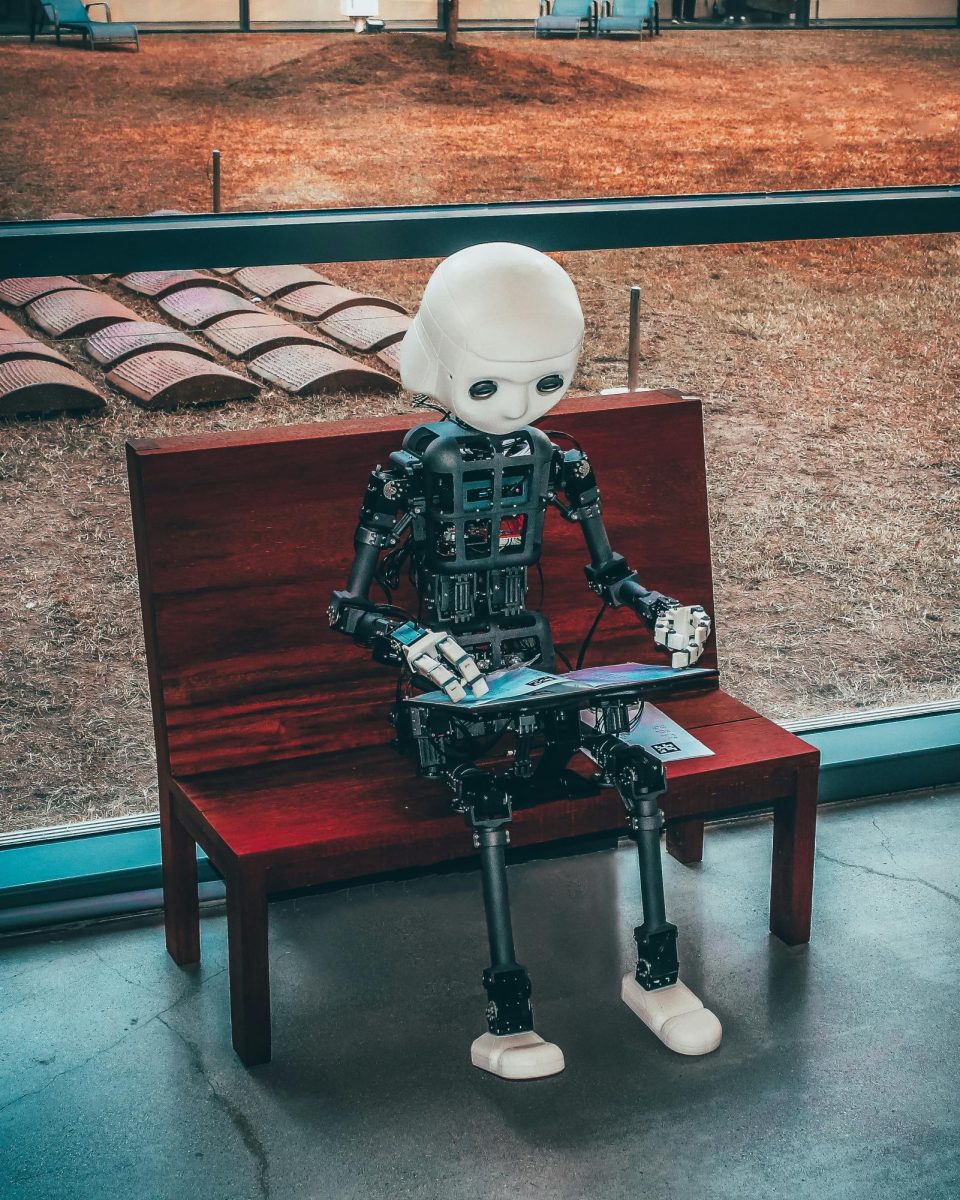There’s a new big artist on the creative scene, they’re a quick learner, hardworking and improving rapidly. They may forget to correct the mistake of a hand with six fingers in their illustrations, and face a couple of lawsuits, but some believe that at the pace Artificial Intelligence is improving, talented creators now face a hazy future. One in which their competitors are not just fellow producers but AI as well.
A long, long time ago in a galaxy far far away…also known as 2022, striking and elaborate illustrations and images began popping up all over social media. Some were so realistic that it took more than a glance to determine whether or not they were real works of art created by an artist or machine-generated.
For many, this was cool and amazing. Anyone who couldn’t express their creativity through drawing or painting now could by typing in a simple prompt and waiting a couple of seconds.
On the other hand, artists who spent countless hours and years improving their art began to feel more concerned about whether they could continue and find success in an art career – Myself included.
This AI art trend raised the question of what is considered “real artwork.” For thousands of years, artists have used their experiences, beliefs and imaginations to create masterpieces. AI uses algorithms and machine learning to create. But is that wrong?
Bucks Graphic Design Professor Micheal Kabbash said, “My initial opinion of AI art is skeptical, as I have not done more than minor dabbling with some software. I have seen amazing works done with AI and others that are just embarrassing. Do I consider it “artwork”? As a digital artist, I would say yes, but the real question is, what is its value?”
“Marcel Duchamp [French painter and sculptor] faced criticism for his ready-mades. Andy Warhol [Visual artist influential in the pop art movement] was rebuffed by the fine art community for elevating commodities like soup cans to ‘high art.’ I doubt anyone who worked in the urinal manufacturing industry took offense to Duchamp placing one into his artwork. But in the case of AI, the question of authorship and originality comes into play more because AI feeds off work that has already been created and filters it into another work. We spend time stressing to our students not to steal images or plagiarize, yet that is exactly what AI does.”
Popular AI image generators like OpenAI, Midjourney and Stable Diffusion have lawsuits against them for copyright infringement. AI image generative models are trained on large datasets of digital images paired with captions describing the image’s subject. Using a machine learning algorithm to pick up certain patterns, concepts and artistic styles to create a new image.
So if a user were to type in a text prompt like “Medieval robot being painted by an artist, oil painting, detailed armor and weaponry, realistic style, high quality, traditional and warm tones,” into an image-generative model based on the style of Alphonse Mucha, a Czech artist known for his work in the Art Nouveau period. The AI model would create a work inspired by those descriptive words.
In January 2023 several artists filed lawsuits against Stability AI, DeviantArt and Midjourney for their works being used without their consent to train AI models. More information and updates on their cases are posted on StableDiffusionLitigation.com. It’s important that artists fight for the value and credit of their art, so rules and regulations can be put in place to prevent companies from profiting off their creativity and hard work.
AI isn’t entirely bad. The advancement of this technology can be very helpful in the creative community. Such as being used as a means of brainstorming and giving artists unique compositions to then change and adapt to their style. In the animation field, AI algorithms can reduce production time and automate repetitive tasks.
Bucks Fine Arts Professor Chris Martino said, “I believe it could be helpful, as far as speeding up the process of completing a project. Typically, a project is hours of modeling, cleaning up the geometry, assigning materials and textures, lighting, and rendering and then if animating, many more hours. Automated rendering can automatically assign materials and textures, and set up lighting – saving many hours of work. AI can also generate realistic textures and materials by learning from existing examples.”
However because of this many jobs face being replaced with AI. Of course, these changes will not happen anytime soon but it is a possibility to consider. I would like to believe that the fine arts and other creative careers will not experience complete extinction by technology.
There is so much that the human mind has to offer; abstract and unique ideas that could only come from the realm of imagination. Kabbash said it best, “I have always stressed this to my design students: the only thing separating you from someone with all the same tools is your creativity and your persistence. Just because someone can operate software does not make them a great artist — creativity, eye for design, color, composition, creation of a mood and communicating a message will always be in demand.”
P.S. For those who actually watch the commercials during the Super Bowl. The Minions could be the evil masterminds behind it all…


